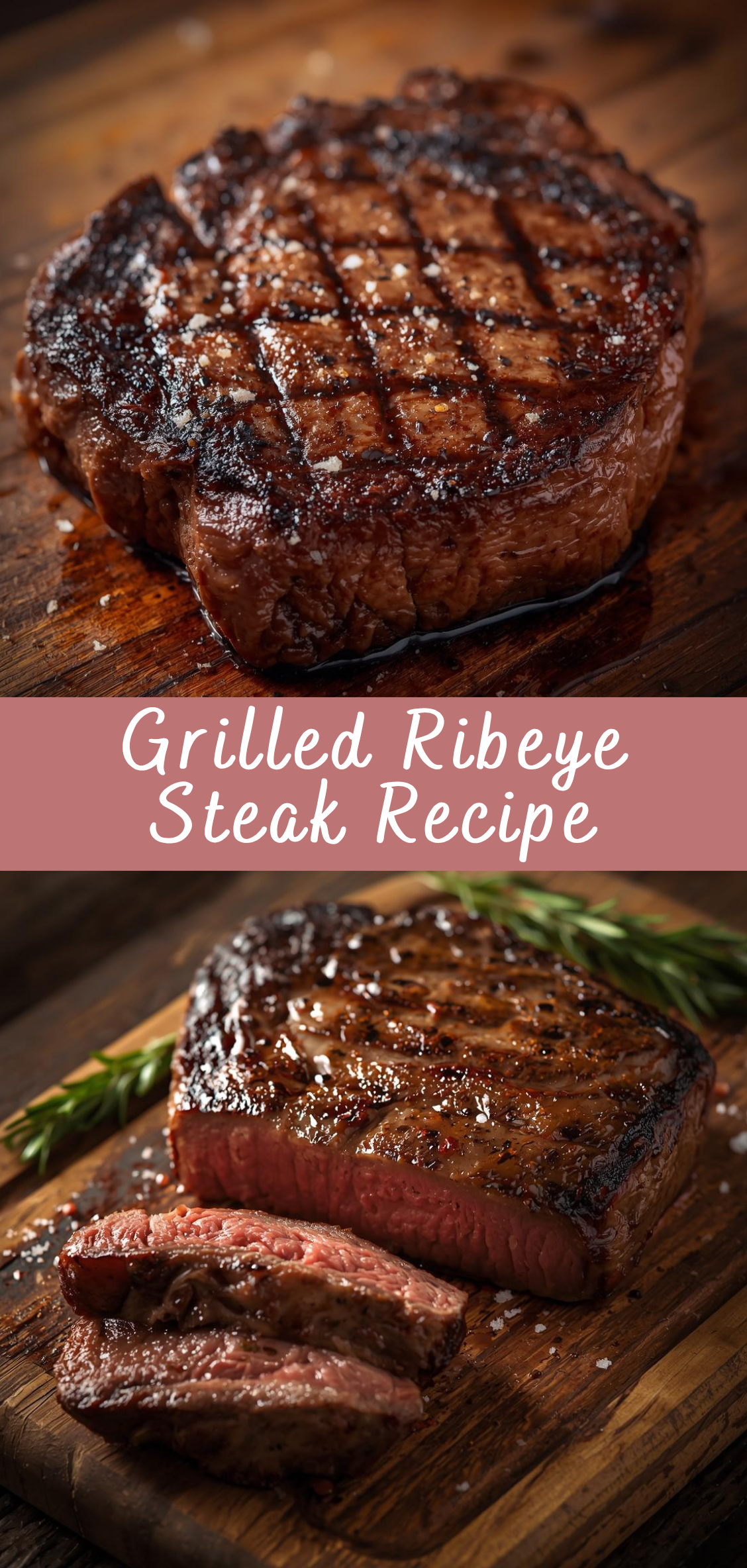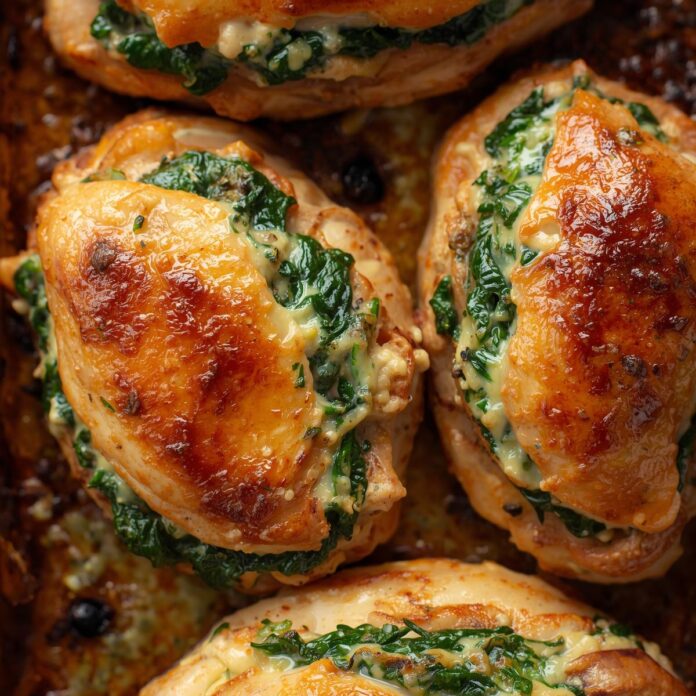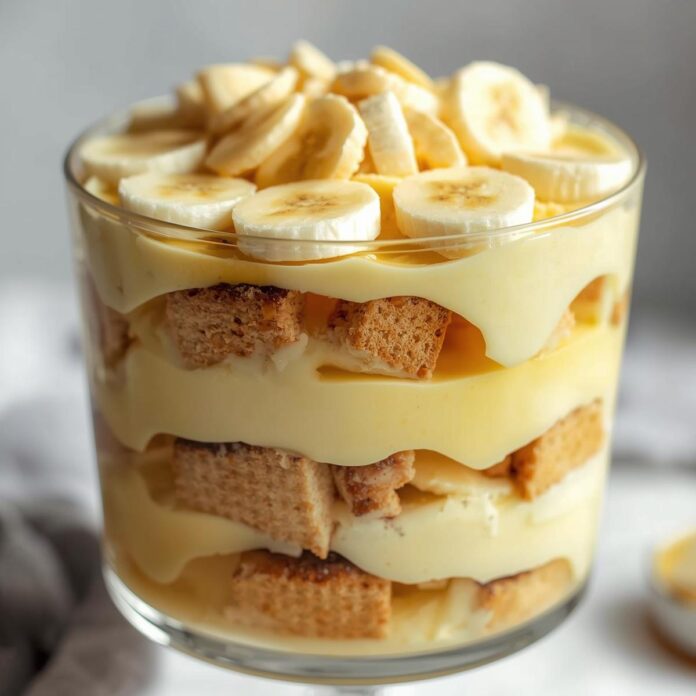Grilled Ribeye Steak: Mastering the Art of Flame and Flavor
There are few culinary experiences as universally satisfying as the first bite of a perfectly grilled ribeye steak. The sizzling crust, the tender marbling that melts into buttery richness, the smoky aroma rising from the grill — it’s a sensory celebration that defines what great cooking can be. Grilled ribeye is not just a meal; it’s a ritual of precision, patience, and passion. It bridges the simplicity of fire and meat with the finesse of timing and temperature control, reminding us that sometimes the finest dishes are born from the humblest ingredients — treated with respect and skill.

The ribeye has long been considered the crown jewel of steaks, and for good reason. Cut from the primal rib section of the cow — the same region that yields luxurious prime rib — it offers a perfect balance of tenderness and flavor. The hallmark of a great ribeye lies in its marbling: the intricate web of intramuscular fat that renders during grilling, creating a steak that’s both juicy and profoundly flavorful. When cooked properly, the ribeye achieves a magical equilibrium — crisp and caramelized on the outside, warm and buttery within, with every bite delivering depth and satisfaction.
Grilling, at its essence, is a dance between fire and food. While the technique may seem straightforward — place steak on hot grates, flip, and serve — true mastery lies in the details. The thickness of the cut, the intensity of the heat, the seasoning, and the resting time all influence the final result. A ribeye demands respect for these details. Too hot, and the exterior burns before the center reaches perfection; too low, and the steak steams instead of sears. The secret lies in harnessing the grill’s power, not overpowering the meat itself.
This recipe and guide aim to go far beyond a simple list of steps. It’s a deep dive into the craft of grilling — a study of flavor development, technique refinement, and sensory intuition. You’ll learn how to choose the perfect cut from the butcher, how to dry-age or marinate for maximum tenderness, how to balance direct and indirect heat zones, and how to achieve the coveted crust known as the Maillard reaction — that golden-brown chemistry that transforms ordinary steak into an extraordinary meal. You’ll also discover techniques used by professional chefs to finish steaks with compound butter, aromatic herbs, and smoke infusions for a restaurant-quality finish right at home.
But the beauty of a grilled ribeye lies not just in its sophistication; it’s also in its primal simplicity. Fire, fat, and muscle — elements as old as cooking itself — come together to create a dish that transcends time and culture. Whether you’re grilling in a backyard, over an open campfire, or on a sleek gas grill, the ribeye remains a universal favorite because it satisfies on every level. It’s as much about the experience — the hiss of the grill, the charred scent in the air, the anticipation — as it is about the taste itself.
By the end of this comprehensive guide, you’ll not only have the knowledge to cook the perfect grilled ribeye every single time but also the understanding of why each step matters. From selecting the right steak to mastering the final sear, this recipe transforms a simple cookout into a culinary statement — one that celebrates patience, craftsmanship, and the timeless appeal of meat kissed by flame.
Ingredients
For the Ribeye:
-
2 thick-cut ribeye steaks (1¼ to 1½ inches thick) — ideally bone-in for deeper flavor
-
2 tablespoons olive oil — to lightly coat the steaks
-
1½ teaspoons kosher salt — for dry brining and final seasoning
-
¾ teaspoon freshly cracked black pepper — coarse grind preferred for texture
-
½ teaspoon garlic powder (optional) — enhances savory depth without overpowering
-
1 teaspoon smoked paprika (optional) — for subtle smokiness and color
For Basting (Optional but Recommended):
-
2 tablespoons unsalted butter
-
2 cloves garlic, smashed
-
2–3 sprigs fresh thyme or rosemary
For Serving:
-
Compound butter — made with softened butter, chopped parsley, lemon zest, and minced garlic
-
Flaky sea salt — to finish and highlight texture
-
Grilled lemon halves or roasted shallots (optional garnish)
Step-by-Step Instructions
Step 1: Selecting the Perfect Ribeye
Every great steak begins at the butcher’s counter. Look for ribeye steaks that are at least 1¼ inches thick — thick enough to develop a crust without overcooking the interior. The best ribeyes show abundant marbling, the fine streaks of white fat woven through the muscle. This intramuscular fat renders as the steak cooks, infusing each bite with juiciness and flavor.
Bone-in ribeye (often called a “cowboy” or “tomahawk” cut when extra long) offers additional richness, as the bone helps retain heat and moisture. However, boneless ribeyes cook more evenly and are slightly easier to manage on the grill — choose according to your comfort level.
If possible, opt for USDA Prime or Choice-grade beef, or a dry-aged ribeye if you want that deep, nutty, concentrated flavor that comes from controlled aging.
Step 2: Preparing the Steaks
-
Dry Brine the Ribeye:
Pat each steak dry with paper towels to remove surface moisture. Moisture is the enemy of a good sear.
Generously season all sides with kosher salt — about ¾ teaspoon per steak. Place the steaks on a wire rack set over a baking sheet, uncovered, in the refrigerator for at least 1 hour, or up to 24 hours.
This “dry brining” process allows the salt to penetrate deep into the meat, enhancing tenderness and amplifying natural flavor. -
Bring to Room Temperature:
About 30–45 minutes before grilling, remove the steaks from the refrigerator. Letting them come to room temperature ensures more even cooking and a better crust. -
Season Just Before Grilling:
Lightly brush the steaks with olive oil, then sprinkle freshly cracked black pepper, garlic powder, and smoked paprika on both sides. Press the seasoning into the surface so it adheres.
Step 3: Preheat and Prepare the Grill
For Charcoal Grills:
-
Arrange charcoal on one side of the grill to create two heat zones — one for high direct heat and one for gentler indirect cooking.
-
Once the coals are ashed over and glowing, place the cooking grate back on and let it heat for about 5 minutes.
-
Clean and oil the grate with a cloth dipped in vegetable oil (use tongs to avoid burns).
For Gas Grills:
-
Preheat the grill with all burners on high for about 10–15 minutes.
-
Then reduce heat on one side to medium-low to create a two-zone setup.
-
Clean and oil the grates before placing the steaks.
The goal is to achieve 500°F (260°C) over the direct heat zone — this high heat triggers the Maillard reaction, the essential browning that builds that deep, savory crust.
Step 4: Searing the Ribeye
-
Sear Over Direct Heat:
Place the ribeyes directly over the hottest part of the grill. Sear for 2–3 minutes per side, with the lid open, until a rich golden-brown crust forms.
Avoid moving the steaks too soon — that initial contact with the hot grate is what creates the beautiful grill marks and caramelized surface. -
Quarter Turn for Crosshatch Marks (Optional):
If you want professional-looking grill marks, rotate each steak 45 degrees halfway through searing on each side. -
Check the Sear:
A perfect sear is dark brown, not black. If the grill is too hot and the steaks char before they brown, move them to the cooler zone to prevent burning.
Step 5: Finish Over Indirect Heat
Once the crust has developed, move the steaks to the cooler side of the grill (indirect heat zone). Close the lid and let them cook gently to the desired internal temperature. Use an instant-read thermometer to monitor doneness:
Rare: 120–125°F Cool red center, very tender Medium Rare: 130–135°F Warm red center, juicy and balanced Medium: 140–145°F Pink center, slightly firmer Medium Well: 150–155°F Faint pink, more che Well Done: 160°F+ Fully cooked, less tender
Most chefs consider medium rare (130–135°F) the ideal doneness for ribeye, where marbling melts perfectly and the steak remains succulent.
If using very thick steaks, you can also employ the reverse sear method — first cook them indirectly until they reach about 115°F, then sear briefly over direct heat for the crust.
Step 6: Optional Basting for Enhanced Flavor
During the final minute of grilling, you can add an aromatic butter baste to elevate the flavor.
-
Melt butter in a small cast-iron pan on the grill or stovetop.
-
Add smashed garlic cloves and fresh thyme or rosemary.
-
Tilt the pan and spoon the sizzling butter over the steaks repeatedly for 30–60 seconds.
This adds richness and a subtle herbal perfume that complements the ribeye’s beefy flavor beautifully.
Step 7: Rest the Steak
Remove the ribeyes from the grill and place them on a cutting board or wire rack. Tent loosely with foil and let them rest for 5–10 minutes.
Resting is essential: it allows the juices, driven toward the center during cooking, to redistribute evenly throughout the meat. Cutting too soon would cause those juices to escape, leaving the steak drier.
During rest, the internal temperature will rise about 5°F — this is called carryover cooking, so plan your target doneness accordingly.
Step 8: Slice and Serve
-
Slice the steak against the grain — perpendicular to the natural muscle fibers — to maximize tenderness.
-
Spoon a small pat of compound butter on top of each steak, allowing it to melt into the surface.
-
Finish with a pinch of flaky sea salt for texture and a final burst of flavor.
Serving Ideas:
Grilled ribeye pairs beautifully with classic sides such as garlic mashed potatoes, grilled asparagus, or a fresh chimichurri sauce. For an elevated twist, serve it with roasted bone marrow, caramelized onions, or a red wine reduction.
Grilled Ribeye Steak Recipe
There are few culinary experiences as universally satisfying as the first bite of a perfectly grilled ribeye steak. The sizzling crust, the tender marbling that melts into buttery richness, the smoky aroma rising from the grill — it’s a sensory celebration that defines what great cooking can be. Grilled ribeye is not just a meal; it’s a ritual of precision, patience, and passion. It bridges the simplicity of fire and meat with the finesse of timing and temperature control, reminding us that sometimes the finest dishes are born from the humblest ingredients — treated with respect and skill.
Ingredients
- 2 ribeye steaks (about 1 to 1½ inches thick)
- 1 tbsp olive oil (or melted butter)
- 1½ tsp kosher salt
- 1 tsp freshly ground black pepper
- 1 tsp garlic powder (optional)
- ½ tsp smoked paprika (optional, for added flavor)
- For Serving (Optional):
- 2 tbsp unsalted butter (to melt on top)
- Fresh herbs (thyme, rosemary, or parsley)
- Flaky sea salt for finishing
Instructions
- Prepare the Steaks
Remove steaks from the refrigerator 30–45 minutes before grilling to bring them to room temperature (this ensures even cooking).
Pat dry with paper towels to remove surface moisture. - Season
Rub both sides of each steak with olive oil.
Sprinkle evenly with salt, pepper, garlic powder, and smoked paprika. Press gently so the seasoning adheres. - Preheat the Grill
Preheat your grill to high heat (450–500°F / 230–260°C).
Oil the grates lightly to prevent sticking. - Grill the Steaks
Place ribeyes on the grill and sear for 4–5 minutes per side for medium-rare (internal temp 130–135°F / 54–57°C).
Adjust time depending on thickness and desired doneness:
Rare: 120–125°F (49–52°C), ~3–4 min per side
Medium: 135–145°F (57–63°C), ~5–6 min per side
Medium-well: 145–155°F (63–68°C), ~6–7 min per side - Add Butter and Rest
Remove steaks from grill and top each with a pat of butter.
Loosely tent with foil and rest for 5–10 minutes before slicing to let juices redistribute. - Serve
Sprinkle with flaky salt and fresh herbs.
Serve with your favorite sides (grilled veggies, baked potato, or salad).
Notes
- Ribeye Tips: Look for steaks with good marbling (fat streaks throughout the meat) — it adds flavor and tenderness.
- No outdoor grill? You can cook the ribeye on a stovetop grill pan or cast-iron skillet.
- Reverse-sear method: For extra-thick ribeyes, cook indirectly on the grill until internal temperature hits 110°F, then sear over high heat for a perfect crust.
- Resting is key: Cutting too early releases juices and makes the steak less tender.



